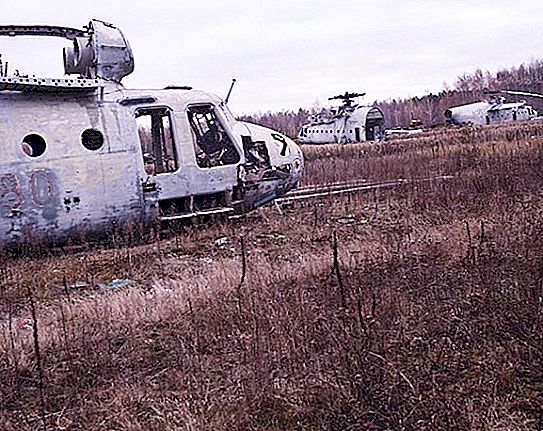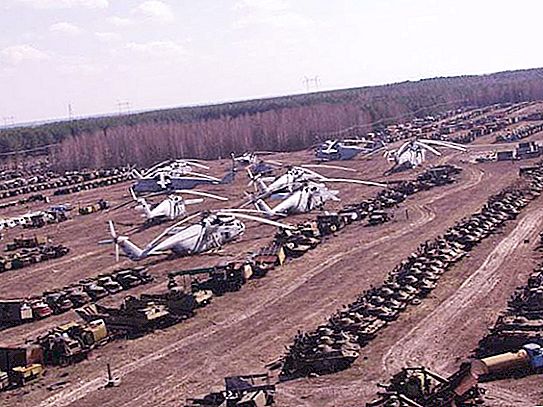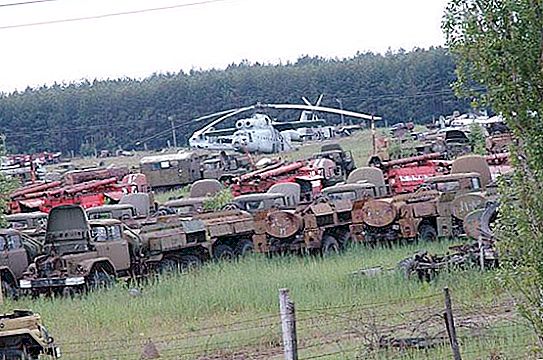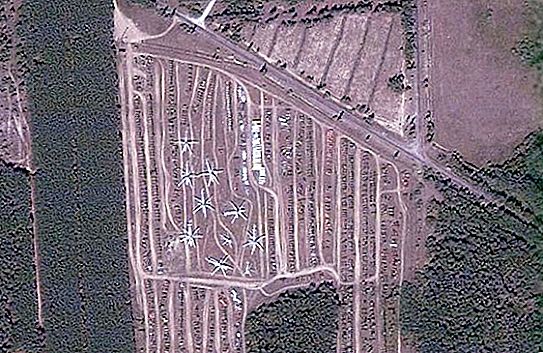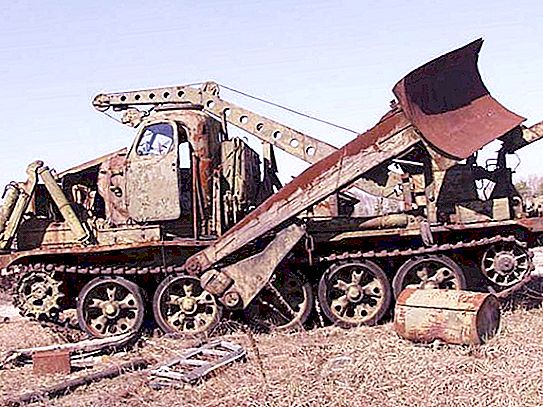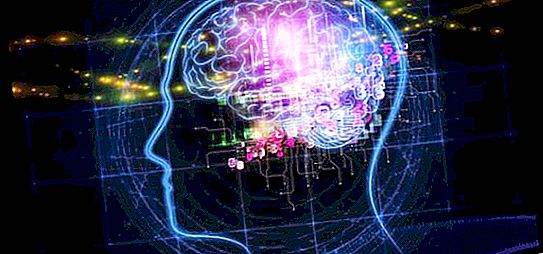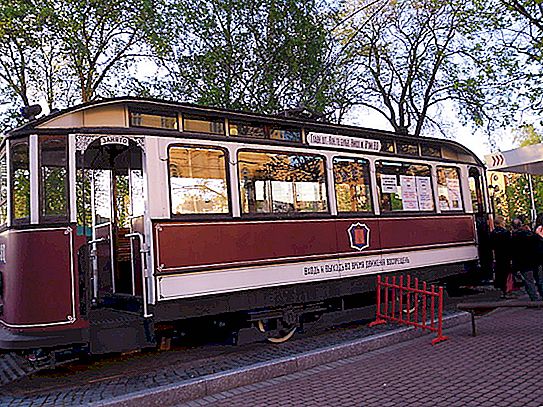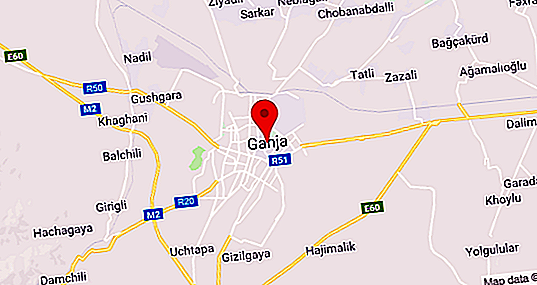Chernobyl, the exclusion zone … These words serve as a reminder of the terrible tragedy that occurred in Ukraine in 1986. And the radioactive burial grounds in the contaminated area are nothing more than a landfill completely littered with equipment used during the liquidation of an accident at a nuclear power plant. There are several similar places in the restricted area.
Accident history and its consequences
The city of Chernobyl (Ukraine) in the 1970s became the object where it was decided to build a nuclear power plant, consisting of four power units. On February 4, 1970, the city of Pripyat was founded for Chernobyl workers and their families. Here, on the day of the accident, a radioactive cloud fell from an exploding power unit, thereby making this territory the most polluted in the exclusion zone.
In connection with the test of the turbogenerator in the fourth power unit at night on April 26, 1986 at 01:23, the world famous Chernobyl disaster occurred. Not only Pripyat, Chernobyl (Ukraine), but also part of the settlements of Belarus suffered from the unfortunate explosion. Cities, villages and towns in the thirty-kilometer exclusion zone are still considered “dead”, that is, uninhabited people.
The radiation background in the early days of the accident was almost equal to a nuclear bomb explosion, which, of course, was hidden by the USSR government not only from the city residents, but from the whole country. Today no one lives in Pripyat. But in the place where the accident happened, people still work at the station. Therefore, Chernobyl cannot be called deserted. The exclusion zone today is also populated in some places, but already by self-settlers - the radiation level becomes lower every year, so some places may be quite suitable for life.
The Chernobyl waste repository is, as a rule, a place of accumulation of various types of vehicles, such as Mi-26 and Mi-8 helicopters, obstacle machines, repair and recovery and chemical reconnaissance vehicles, tracked conveyors, cars, armored personnel carriers, ambulances ", Excavators and more. The total cost of the "radioactive" equipment is about 46 million US dollars in accordance with the prices of 1986 (1 dollar - 72.5 kopecks).
Chernobyl burial grounds are filled not only with the transport that participated in the elimination of the fire, but also with the cars of the inhabitants of Pripyat. By the way, some of them were still used at the very beginning of the fire.
PZRO "Podlesny"
The radioactive waste burial site was created to isolate highly radioactive equipment from the environment, which was involved in the aftermath of the accident at the fourth power unit. It was built in a very short time, due to which it was put into operation already in December 1986. PZRO is located 1.5 km from the power plant, on the territory of the Podlesny farm.
The place for the burial ground was chosen unsuccessfully, since this is the shore of the Pripyat backwater, which is literally a kilometer from the river. It should be noted that such an arrangement is dangerous in that containers and concrete containers with waste can lose their integrity over time.
Environmental threat
At the moment, all storage facilities, such as Podlesnyi PZRO, are carefully monitored. For this, special wells were created, with the help of which groundwater pollution is checked.
The concrete structures of the burial ground gradually deteriorate. Large load on the foundation plate produce containers with waste, and this is fraught with the appearance of cracks. Each year, this prospect increases the likelihood of radioactive substances entering the soil and groundwater. In addition, PZRO is located in the floodplain area, which may be flooded at the time of the Pripyat River flood. Such a situation will negatively affect the general radioecological situation in the exclusion zone.
PZRO "Buryakovka"
Chernobyl burial grounds - this is not only the territory under Podlesny. There is also a near-surface point “Buryakovka” created by the VNIPIET Institute, which is based on storage facilities operating in the Soviet Union. This facility came into operation in February 1987. It stores the radioactive waste technology of the first group.
The territory occupied by the storage covers an area of 1200 x 700 meters. 30 trenches are located here. Here, all the requirements necessary to protect the environment from radioactive contamination have already been met. It is also important that PZRO is located at a sufficiently large distance from open water bodies.
Until now, various items from Pripyat and Chernobyl are entering the territory of Buryakovka, and therefore in 1996 a decision was made to expand the storage. This allowed us to bring here another 120 thousand m³ of radioactive waste.
PZRO "3rd stage of the Chernobyl nuclear power plant"
As a rule, Chernobyl burial grounds were built directly next to the damaged power station, which created the conditions for the rapid movement of infected equipment and the wreckage of the fourth block. Thus, the ChNPP 3rd stage PZRO is located on the industrial site of the station itself.
The storage began operating in 1986. This item partially consists of concrete chambers, which, in turn, are divided into cells. Top sections are covered with a layer of concrete, compacted soil and clay. Outside, the vault is surrounded by barbed wire. Since December 1988, the PZRO has been a conserved facility guarded by the police.
The “3rd stage” radioactive waste disposal site, as, indeed, all Chernobyl burial grounds, poses a serious environmental hazard. To solve this problem, environmentalists advise to completely stop the Chernobyl operation. In this case, the cooler pond will be launched near the coastal strip. Thus, there will be a decrease in groundwater to almost four meters. These actions will help significantly reduce the amount of radionuclides in the earth.
